Artificial Grass Benefits And Uses For Home & Gardens
Swap your grass for artificial turf and say hello to maintenance-free living.
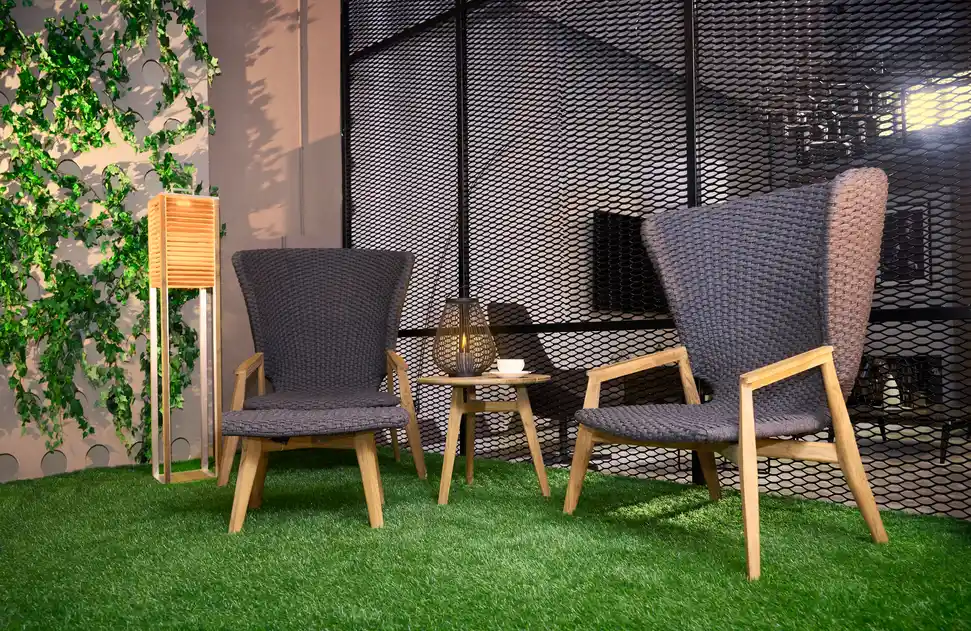
When it comes to lawn care, let's be honest, not everyone has time (or wants to) spend all their free time mowing, watering and fertilizing their grass. That's why many homeowners are choosing artificial grass as a smart solution for their outdoor spaces. Synthetic lawn options have come a long way in recent years.
TL;DR
Artificial grass saves tons of time and looks great year-round without watering or mowing. It works almost anywhere - lawns, pet areas, balconies, even walls - and while it costs more upfront, you'll save money within 5-7 years. With minimal maintenance, it can last up to 20 years looking fresh.
Modern artificial turf grass looks and feels remarkably like the real thing, but needs much less work. This makes it perfect for busy homeowners who want hassle-free green space. This post covers its many benefits, applications, installation tips, cleaning methods, and cost considerations to help you understand if artificial grass is right for your home.
Why use artificial grass?
Artificial grass offers numerous advantages over natural lawns. From saving time and money to providing year-round beauty, these benefits make synthetic turf an attractive option for modern homeowners.
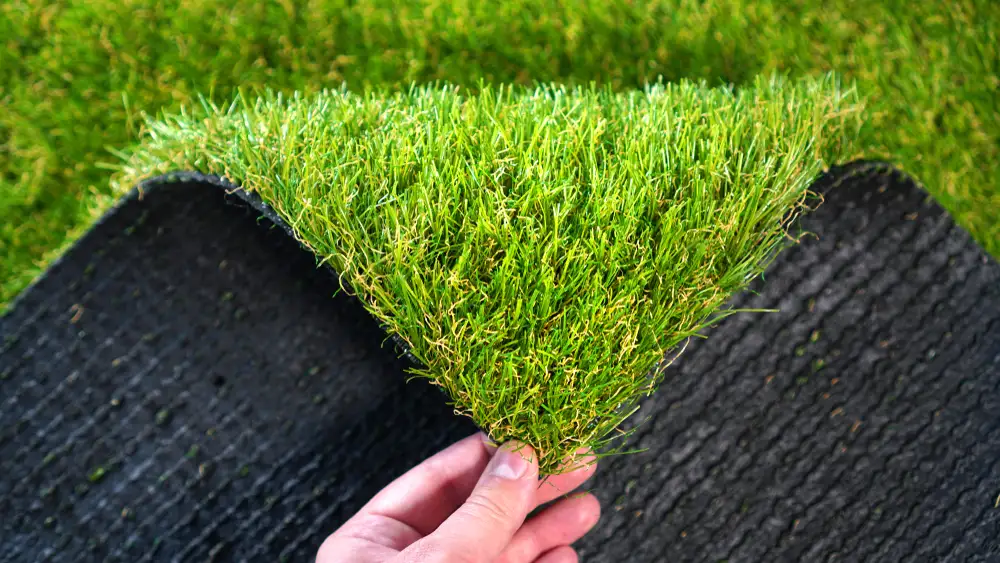
Let's explore the main reasons people choose artificial grass for their properties.
Maintenance savings
One of the biggest reasons to choose artificial grass is the time you'll save on maintenance. No more weekly mowing, edging, or fertilizing. A synthetic lawn stays neat and tidy year-round with minimal effort. Most owners only need to brush it occasionally and rinse it off when it gets dirty.
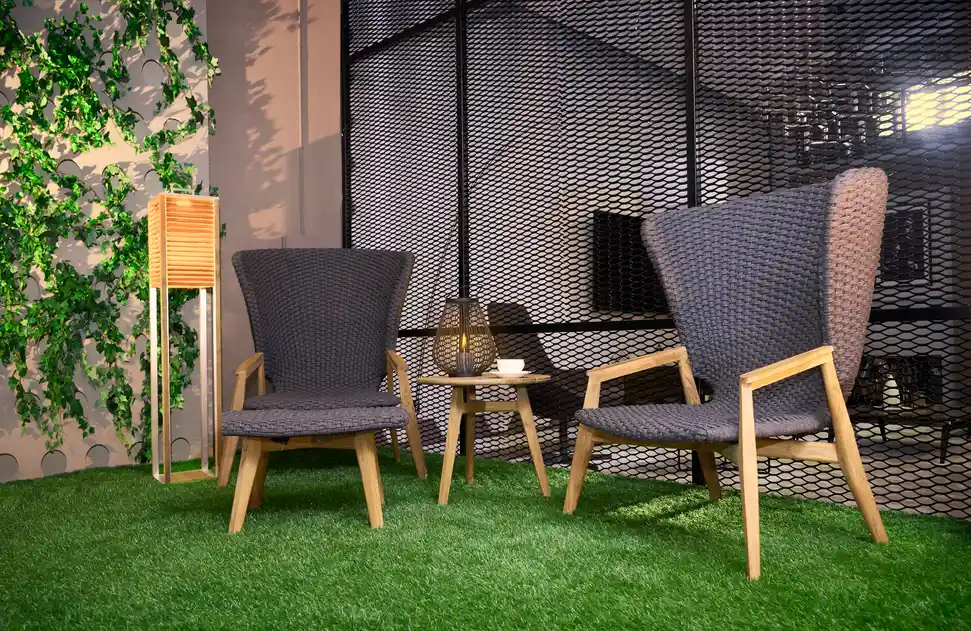
Water conservation
During hot summer months, natural lawns demand constant watering. Artificial grass requires no watering except for occasional cleaning. This can save thousands of gallons of water yearly, reducing both your water bill and environmental impact.
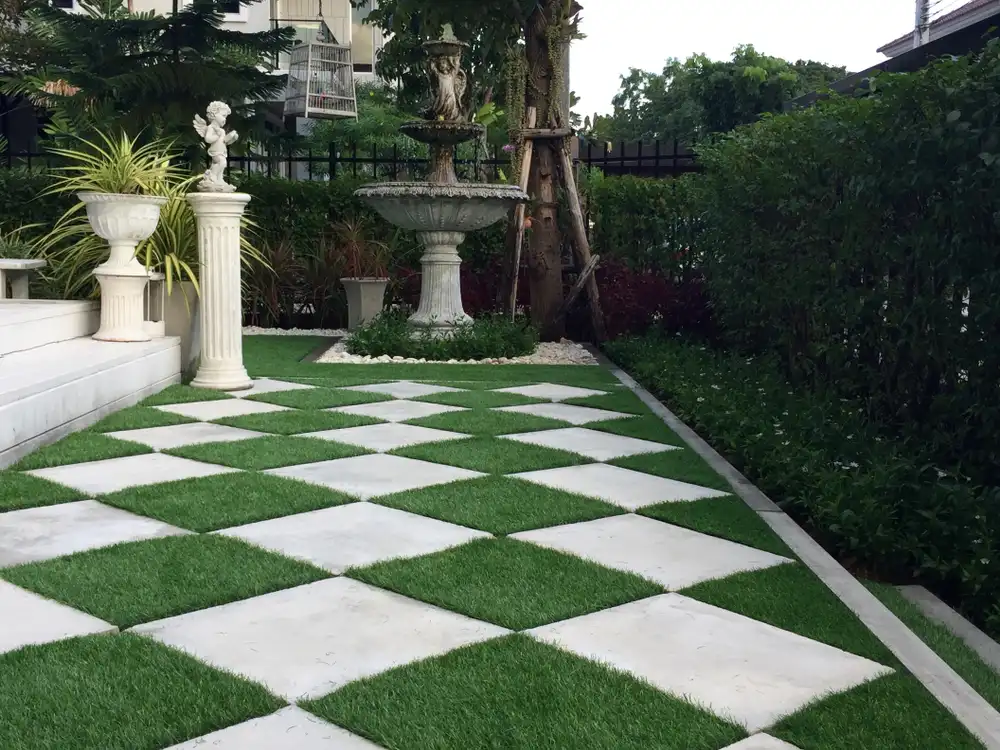
Year-round green appeal
Natural grass often turns brown during droughts or winter months. Artificial grass stays green and lush all year, regardless of weather conditions. This constant curb appeal can make your home look well-kept in every season.
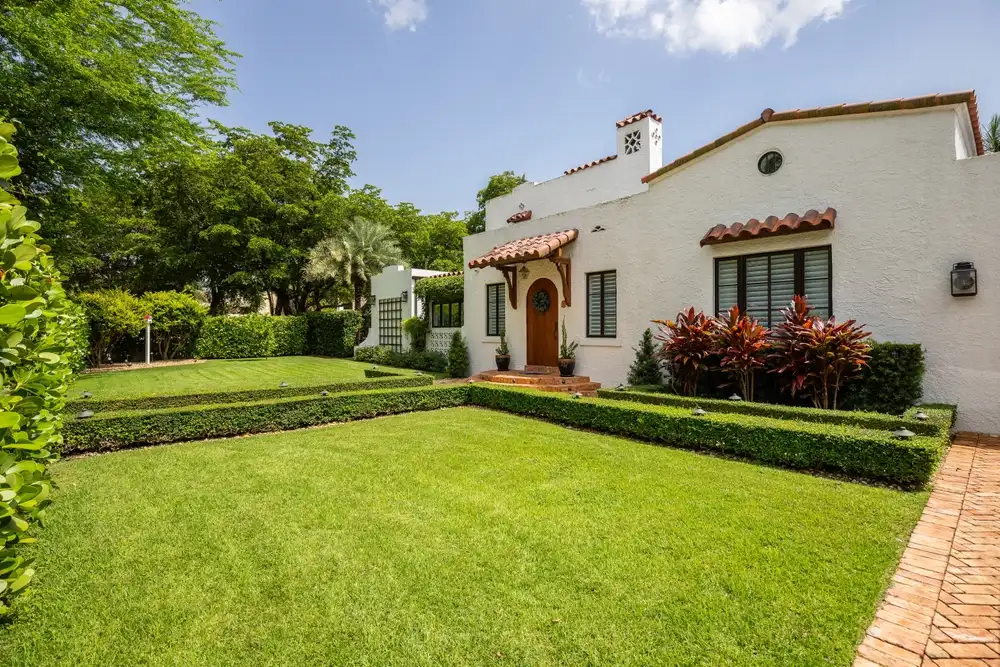
Durability
Quality artificial grass can last 15-20 years with proper care. It stands up to heavy foot traffic, pet play, and extreme weather better than natural grass. The materials used to make artificial grass make it resistant to fading from sun exposure and ensure it doesn't break down.
Eco-friendly benefits
While some worry about artificial grass and environmental impacts, modern options offer several green benefits:
- No need for gas-powered lawn equipment
- No chemical fertilizers or pesticides
- Significant water savings
- Many newer products use recycled materials
- Some artificial grass can be recycled at the end of its life
Allergy reduction
For those with grass allergies, artificial turf can be a real game-changer. It eliminates pollen and reduces exposure to allergens. This makes outdoor time more enjoyable for those with sensitivities.
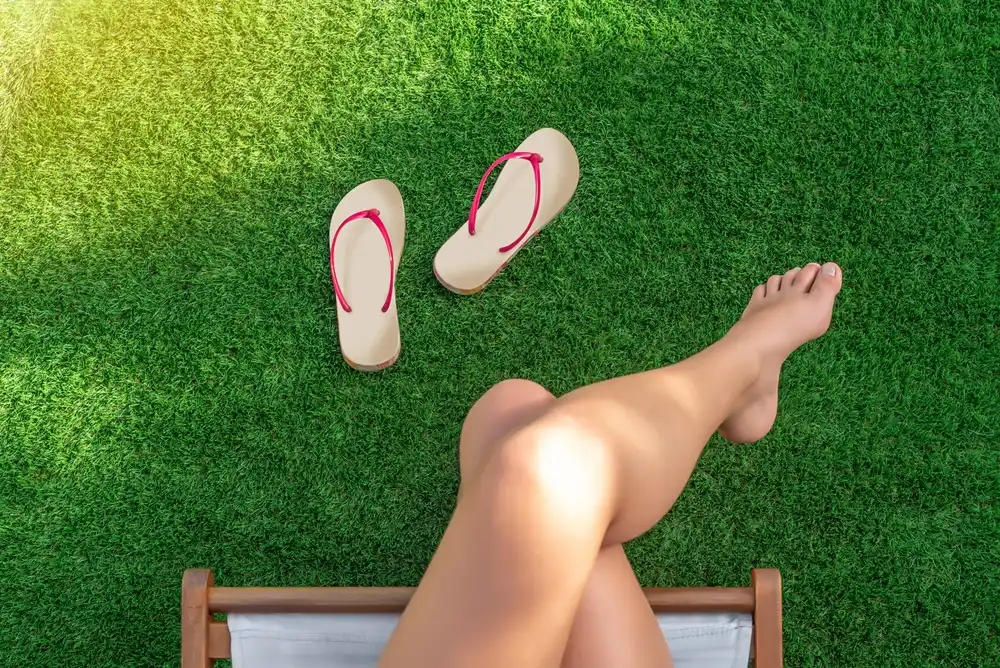
Applications of artificial grass
Artificial grass is incredibly versatile and can be used in many ways around your home. From traditional lawn replacement to creative design features, synthetic turf offers solutions for spaces where natural grass might not work well. Here are some popular ways you can use artificial grass today.
Home lawns
The most common use for artificial grass is replacing natural front or back lawns. This gives homes a neat, green space without the upkeep of real grass.
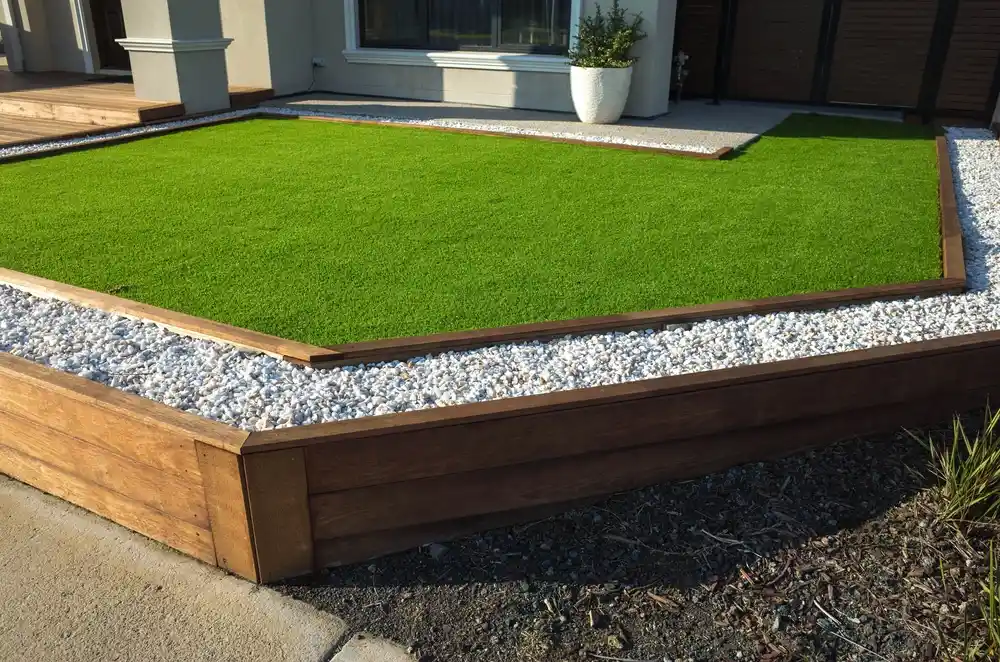
Pet areas
Artificial grass for pets has become increasingly popular. Special varieties allow liquid to drain quickly and resist odors. The surface is easy to clean and won't turn muddy from dog traffic. You can easily install fake grass for your pet on your balcony, making it easy for them to enjoy.
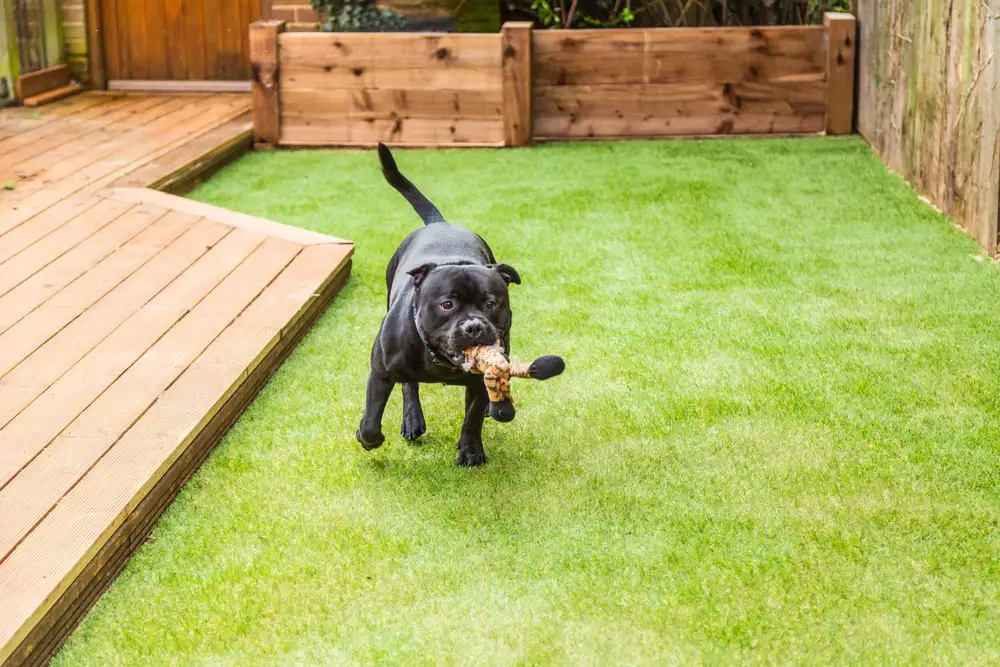
Children's play areas
Many parents install artificial grass under play equipment. It provides a soft landing surface that stays clean and mud-free, even after rain. Kids can play outside more often without tracking dirt into the house.
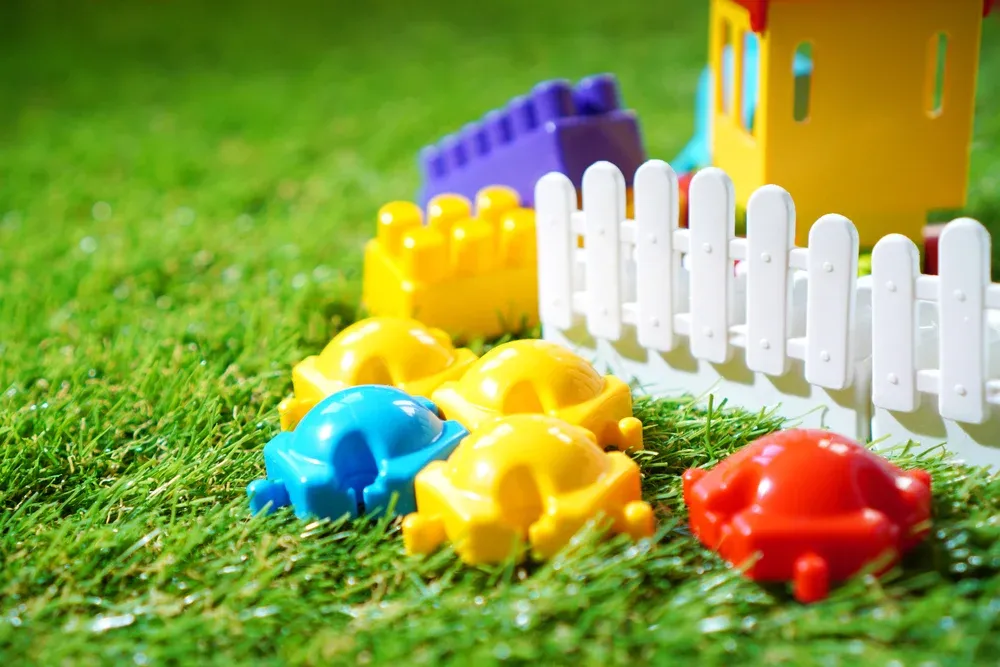
Balconies and rooftops
Apartment dwellers can enjoy green space too. Artificial grass for balconies transforms concrete spaces into cozy retreats. The lightweight nature of artificial grass carpet makes it perfect for these applications where natural grass isn't practical.
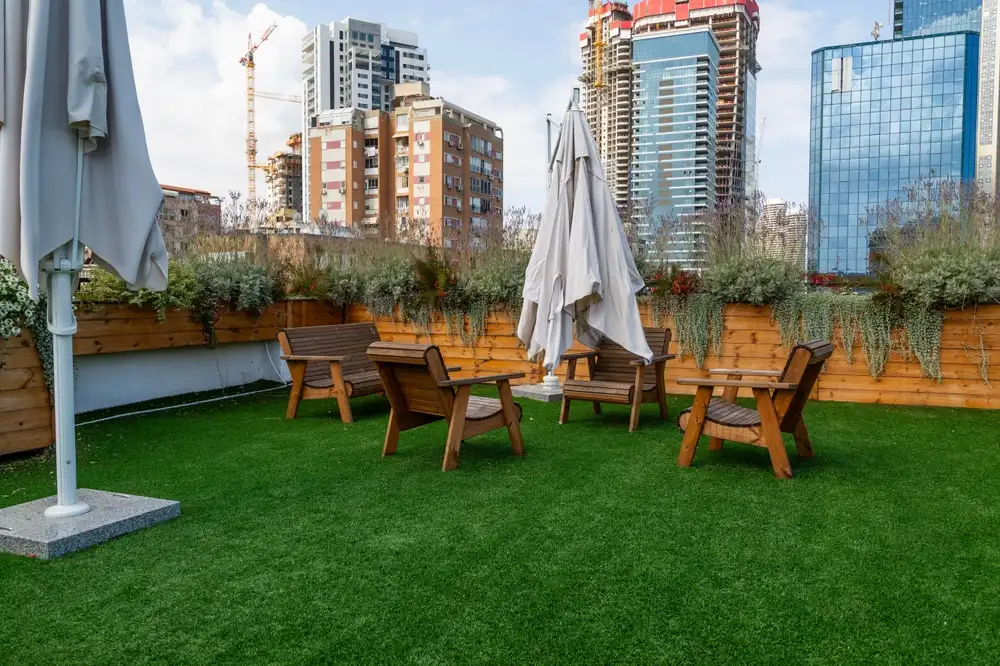
Artificial grass on walls
Vertical applications have become a design trend. Artificial grass for walls creates living walls that need no watering or trimming. These grass walls add texture and greenery to both indoor and outdoor spaces.
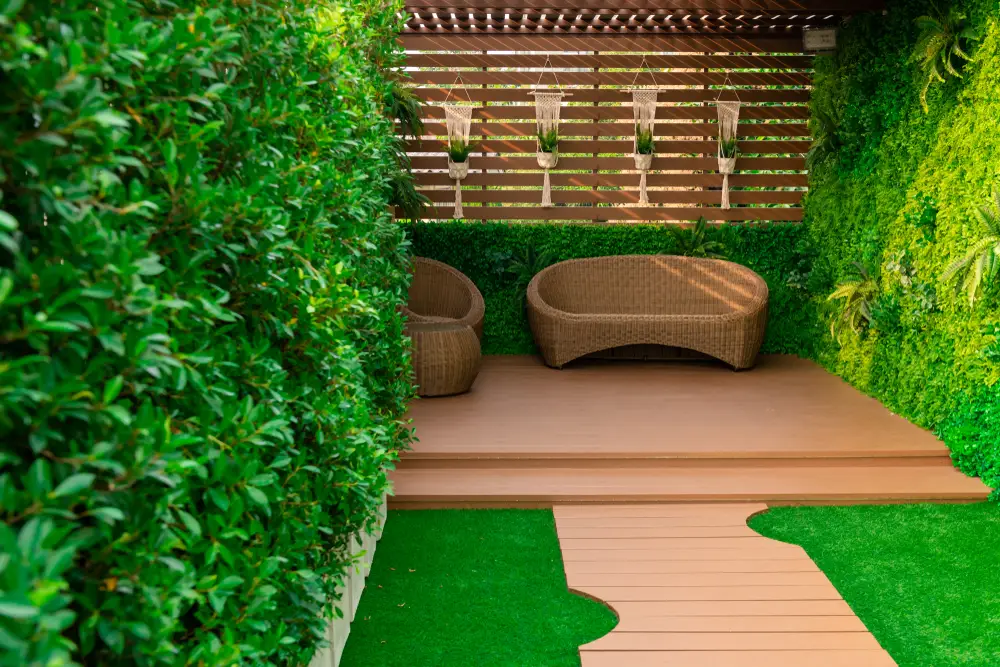
Patios and pool areas
Combining artificial grass and patio designs creates interesting mixed-material outdoor spaces. Around pools, artificial turf provides a non-slip, splinter-free surface that drains well and stays green despite chlorine exposure.
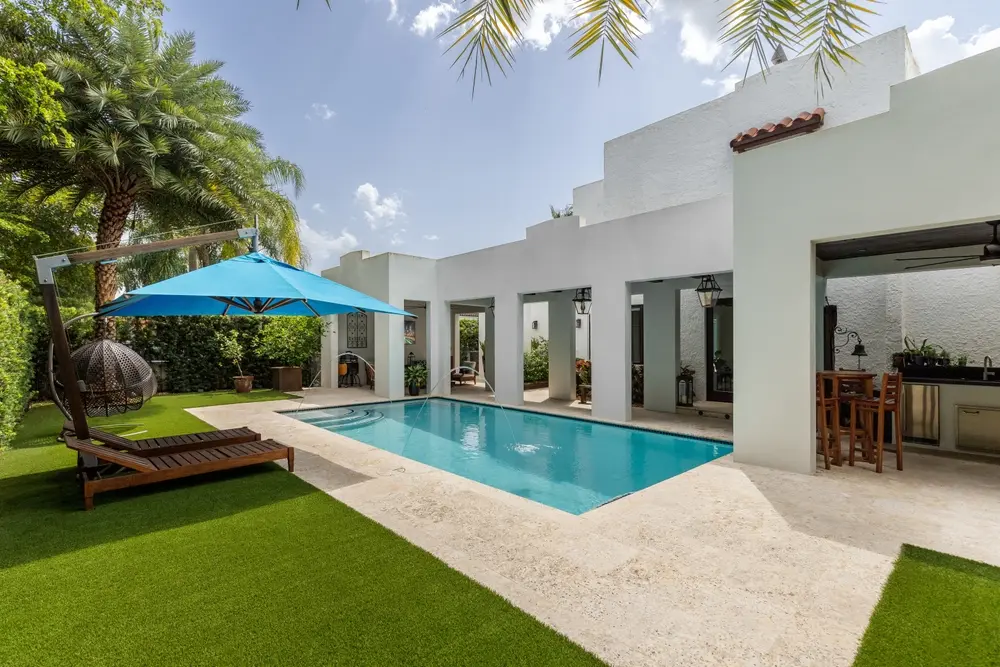
Hard-to-grow areas
Shady spots where grass struggles, or steep slopes that are hard to mow, become much more manageable with artificial options. If you have large trees with deep roots that make it hard to grow grass, artificial grass is an easy solution for making your space greener and maintenance-free.
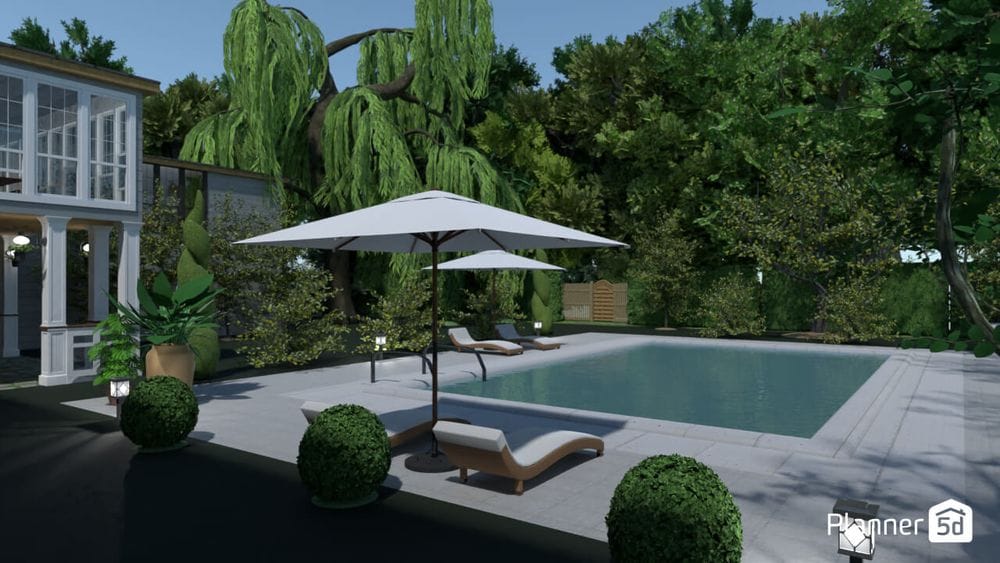
Types of artificial grass
Not all artificial grass is the same. Different varieties offer unique features to suit specific needs and preferences. Understanding these differences helps you choose the right type for your project. Here's what to know about the main types available on the market today.
Pile height
The length of the blades affects both appearance and function:
- Short pile (½-1 inch): Great for putting greens or decorative areas
- Medium pile (1-1½ inches): Best for most residential lawns
- Long pile (1½-2+ inches): Creates a lush, luxurious feel but requires more maintenance
Materials
Different materials offer various benefits:
- Polyethylene: Soft and natural-looking; suitable for family lawns
- Polypropylene: Less expensive but less durable; works for light-use areas
- Nylon: Extremely durable but stiffer; best for high-traffic zones
Specialized types
- Sports turf: Extra cushioning and bounce
- Pet turf: Enhanced drainage and antimicrobial treatments
- Shaded area grass: Made to look natural with less shine
How to install artificial grass
Installing artificial grass is a significant project that requires proper planning and execution for the best results. While professional installation is a great option, you can tackle this job yourself to save money. Here's what you need to know before starting your installation.
Tools you'll need
- Shovel or turf cutter
- Wheelbarrow
- Tamper
- Sharp utility knife
- Measuring tape
- Weed membrane
- Sand or crushed stone
- Joining tape and adhesive
- Landscape pins or nails
Step-by-step installation
- Remove existing grass and soil: Dig down 3-4 inches below the desired finish height.
- Create a solid base: Add crushed stone or sand, level it, and compact it well. This ensures proper drainage and stability.
- Add weed barrier: Lay weed membrane across the entire area to prevent weeds from growing through your new lawn.
- Roll out the artificial grass: Let it settle for a few hours, then trim it to fit your space using a sharp utility knife.
- Join sections if needed: Use joining tape and adhesive for a seamless look if your area requires multiple rolls.
- Secure the edges: Use landscape pins or nails every few inches around the perimeter.
- Add infill: Spread sand or rubber granules between the blades to help them stand upright and add weight.
- Brush the surface: Use a stiff broom to distribute the infill and make the blades stand up.
Professional vs. DIY installation
While many homeowners can install artificial grass themselves, professional installation ensures proper drainage and seams. Hiring pros often makes sense for large areas or complex shapes despite the higher cost.
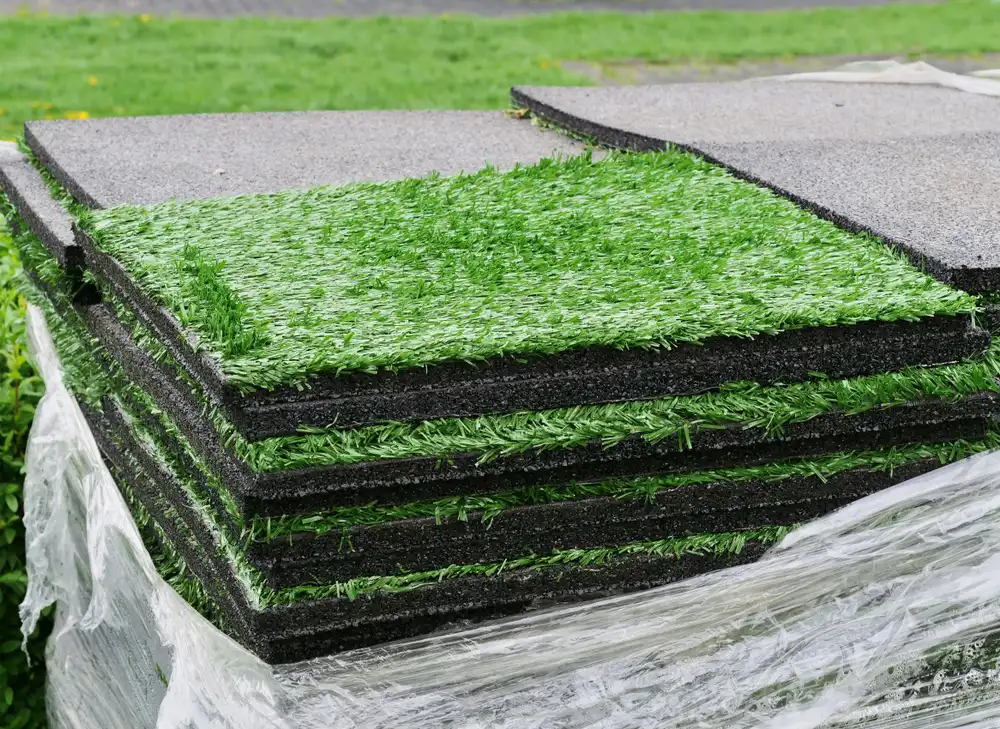
Artificial grass cleaning and maintenance
While artificial grass requires much less maintenance than natural lawns, some regular care is needed to keep it looking its best. Proper cleaning and maintenance extend the life of your investment and ensure your synthetic lawn stays attractive for years to come. Here's how to care for your artificial grass.
Routine maintenance
- Weekly: Remove leaves and debris with a leaf blower or plastic rake (avoid metal rakes)
- Monthly: Brush the grass with a stiff broom against the grain to keep fibers upright
- Quarterly: Check for weeds around edges and treat if necessary
Cleaning methods
When it comes to artificial grass cleaning, you have several options:
- Rinse with water: Simply use a hose to wash away dust and pollen for basic cleaning.
- Spot cleaning: Blot up liquids quickly for spills and rinse with mild soap and water.
- Deep cleaning: For larger areas, use a specific artificial grass cleaner designed to remove odors and disinfect without damaging the fibers.
Pet waste management
If you have pets:
- Remove solid waste promptly
- Rinse liquid waste areas with water
- Periodically use an enzymatic artificial grass cleaner designed for pet areas
- Deodorize with a mixture of vinegar and water for natural cleaning
Seasonal care
- Spring: Check for winter damage and do a deep clean
- Summer: Rinse occasionally to cool the surface on hot days
- Fall: Remove leaves frequently to prevent matting
- Winter: Remove snow with a plastic shovel (avoid metal)
Artificial grass cost considerations
Understanding the financial aspects of artificial grass is crucial for making an informed decision. While the initial investment may seem high compared to natural grass, the long-term savings can be substantial. Here's what to expect when budgeting for your artificial grass project.
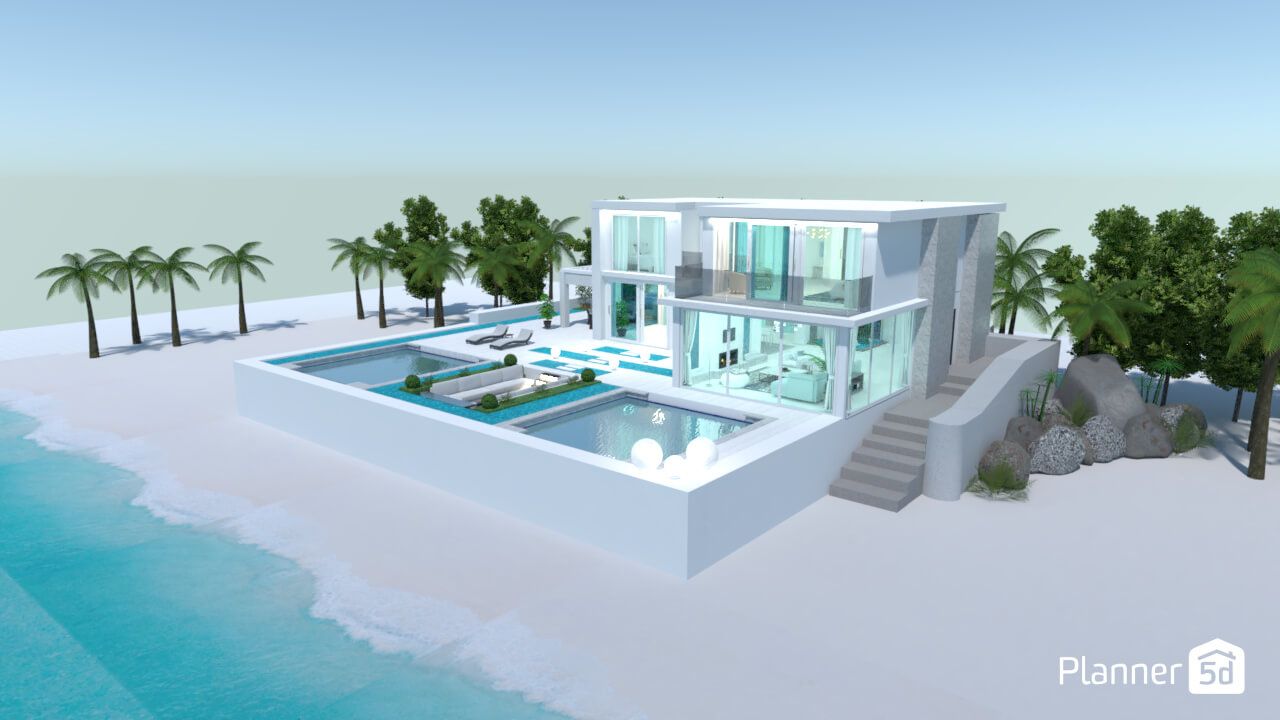
Initial investment
Most homeowners spend between $8-$20 per square foot for artificial grass installation, including materials and labor. A typical 500-square-foot lawn might cost $4,000-$10,000. Factors affecting price include:
- Quality and type of artificial grass
- Size and complexity of the installation area
- Base preparation requirements
- Labor costs in your region
Long-term savings
While the upfront cost is higher than natural grass, consider these savings:
- No water bills for irrigation
- No lawnmower purchases or maintenance
- No fertilizer, seed, or pesticide expenses
- No professional lawn service fees
Most homeowners recoup their investment in artificial grass installation within five to seven years, particularly in water-scarce regions.
DIY cost reduction
Installing artificial grass yourself can cut costs by 30-50%. However, improper installation might lead to drainage problems or premature wear.
Environmental considerations
While artificial grass saves water and eliminates chemical use, some environmental concerns exist:
- Most synthetic turf contains plastics that don't biodegrade
- It can contribute to heat islands in urban areas
- It doesn't provide habitat for insects and soil microorganisms
To minimize these impacts:
- Choose recycled content products when possible
- Mix artificial grass with natural plantings in beds and borders
- Consider permeable base systems for better rainwater absorption
Conclusion
Artificial grass offers a practical alternative for low-maintenance green spaces. From front lawns to balconies, pet areas to play spaces, today's synthetic options provide versatility and durability.
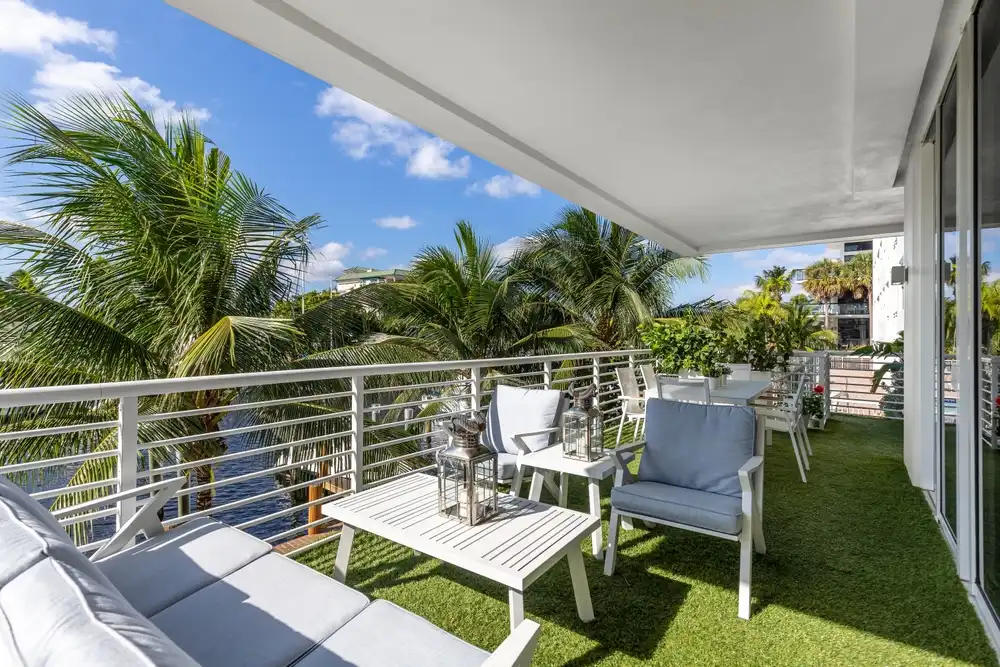
While the initial artificial grass cost exceeds natural lawn installation, the time and resource savings often justify the investment. With proper installation and occasional cleaning, your artificial grass can provide years of enjoyment with minimal effort.
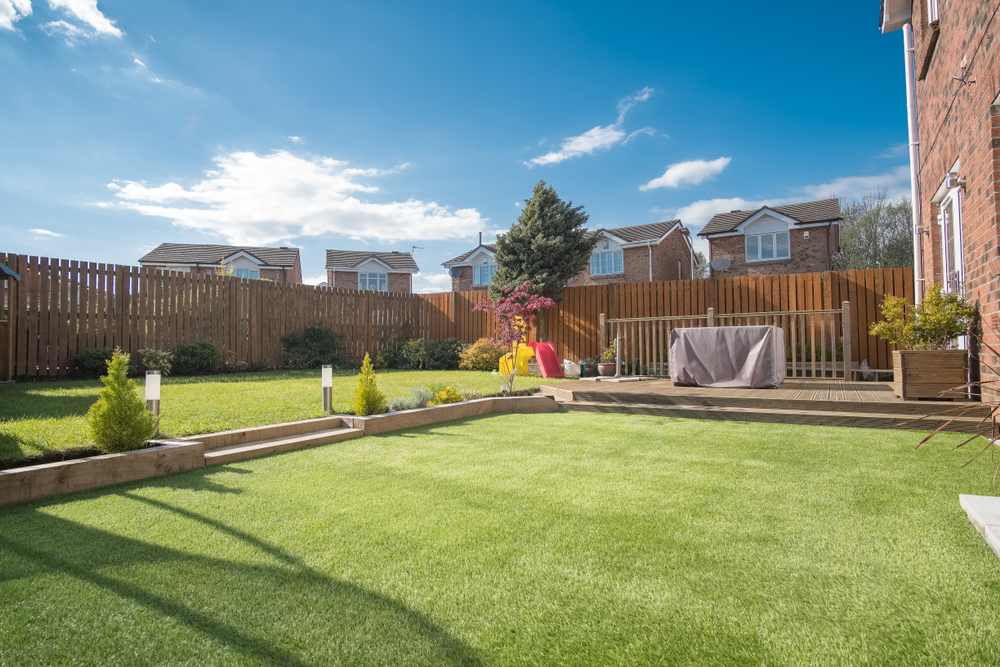
Before deciding, weigh all factors, including your climate, intended use, budget, and environmental concerns. Whether installing it yourself or hiring professionals, artificial grass can transform your outdoor living space into a year-round green retreat.
Planner 5D: The Future of Interior Design
Experience the power of AI-driven design with Planner 5D. Our innovative tools, including the Design Generator, Smart Wizard, and AI floor plan recognition, make bringing your dream home to life easier than ever. Transform your vision into reality and unlock a world of design possibilities today.
Start designing your dream home